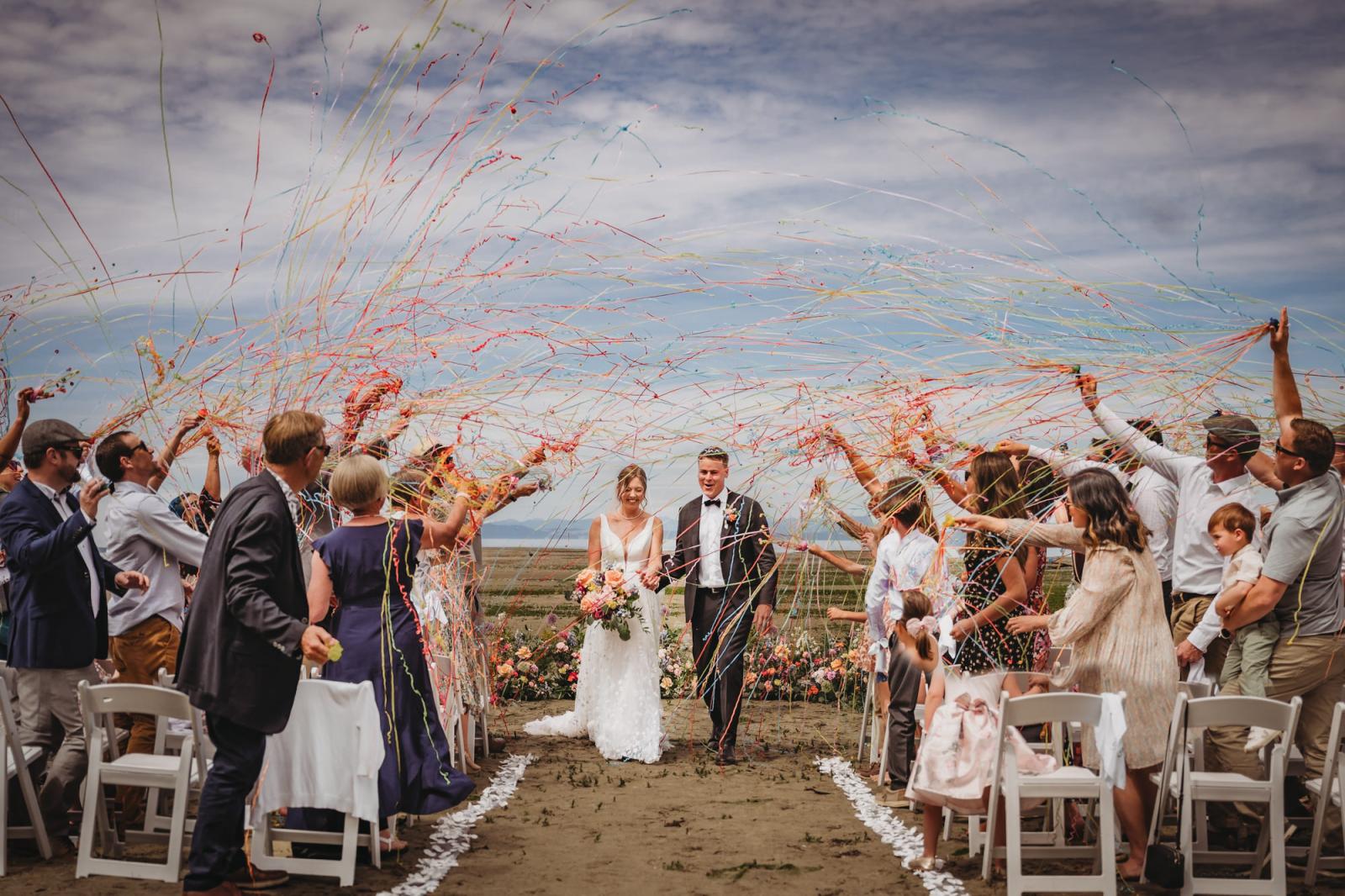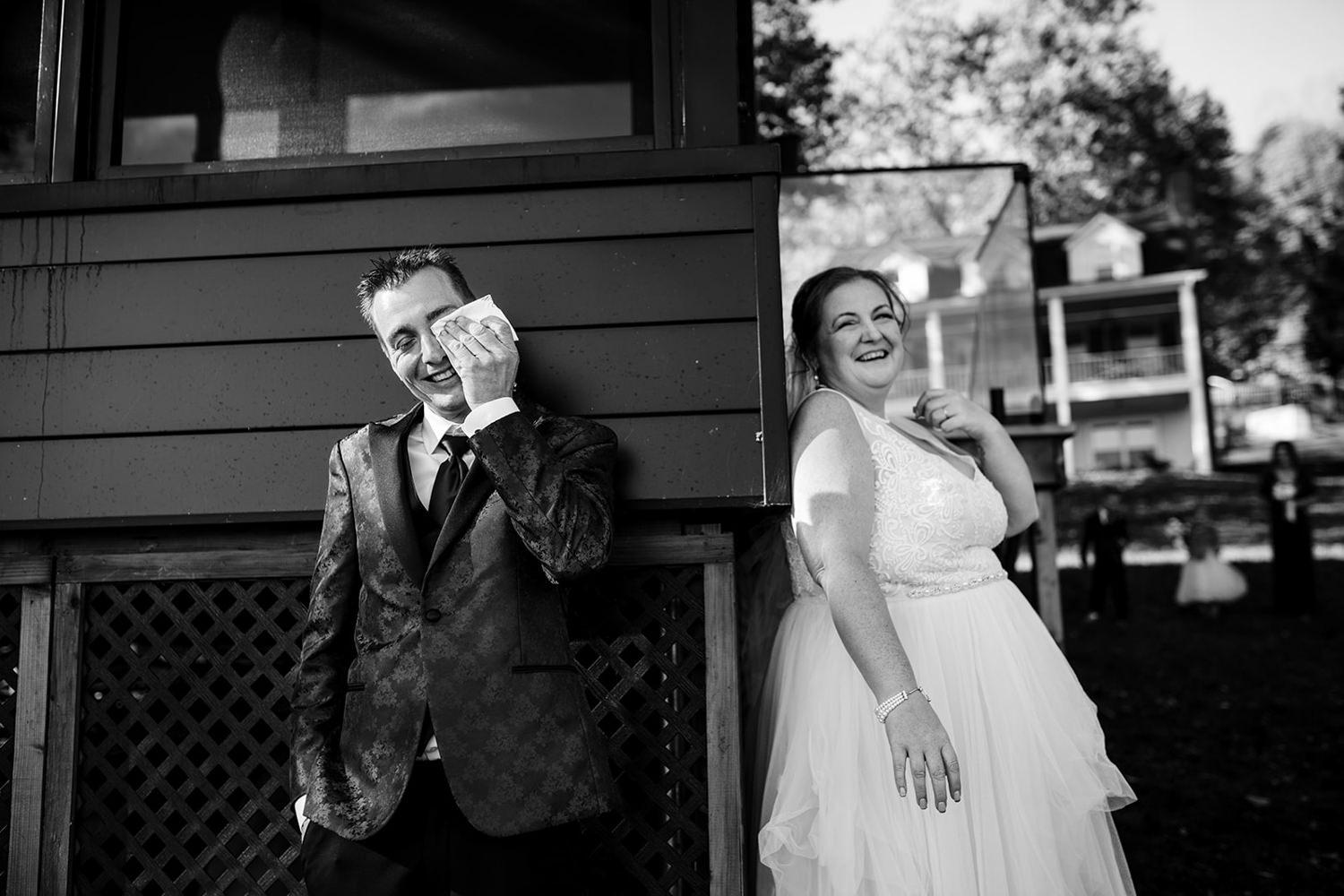A wedding photo doesn’t just show you what happened—it makes you feel it again. That’s because your brain doesn’t treat photos like passive images. It treats them like emotional time machines.
Whether it’s a stolen glance, a tear on a cheek, or a spontaneous burst of laughter, certain photographs don’t just recall a moment—they reawaken it. This isn’t magic. It’s memory science.
Here’s how photographs interact with your brain’s emotional and memory systems—and why they often feel even more powerful than the day itself.

1. Visual Memory Is the Brain’s Superpower
Your brain is built to prioritize visual information:
- Over 50% of the brain is involved in processing visual stimuli.
- The fusiform gyrus helps you recognize faces—instantly connecting images of loved ones to meaning and emotion.
- The hippocampus, which stores long-term memories, works closely with the visual cortex to encode and retrieve personal memories.
This means photos aren’t just reminders—they are direct access points to emotional memory networks.
2. Photos Act as “Retrieval Cues” for Complex Memories
In memory science, retrieval cues are sensory or contextual signals that unlock stored experiences.
A wedding photograph can cue:
- What you felt in that moment
- The music that was playing
- The smell of your bouquet or your partner’s cologne
- Conversations or sensory fragments the brain otherwise filed away
This is why a single image can collapse years and bring you right back to that second.

3. Emotion Enhances Recall—Especially When Paired with Visuals
When you remember emotionally significant events, your amygdala lights up. Add a photograph, and the memory becomes viscerally accessible.
- Images of crying, laughing, or embracing loved ones activate mirror neurons in the observer—triggering similar emotional states.
- The stronger the emotion attached to the image, the stronger the synaptic reconsolidation (i.e. the memory becomes more deeply embedded each time it’s recalled).
This is why wedding photos don’t fade over time—they intensify, because they’re relived, not just reviewed.
4. Photos Can Restore Memories That Would Otherwise Be Lost
Your brain isn’t a camera. It distorts, simplifies, and forgets constantly.
But wedding photography:
- Freezes micro-moments that your brain didn’t prioritize at the time
- Reinforces memory through repetition and storytelling (each time you look, you retell the event to yourself)
- Helps couples fill in the gaps together, strengthening relational bonds
In this way, photos are not just keepsakes—they’re memory repair tools.

5. The Emotional Brain Can’t Always Tell the Difference Between Then and Now
When viewing emotionally charged photos:
- The brain responds as if the event is happening again—especially in the limbic system (emotion processing center)
- Heart rate, breath, and tear production can increase
- This phenomenon is called reactivated emotional memory, and it’s part of why photography is so enduring
In other words, your brain treats the image as a new emotional experience, not just a historical record.
6. Why This Matters for Wedding Photography
Great wedding photography:
- Isn’t about documenting everything—it’s about capturing what the heart will respond to later
- Serves as a re-entry point into one of the most emotionally significant days of your life
- Helps couples, families, and future generations visually anchor love, identity, and history
That’s the science—and the beauty—behind why these images never stop meaning more.
Related Reading in This Series:
- The Neuroscience of Wedding Photography
- What Happens in the Brain on a Wedding Day?
- How Nostalgia Works—and Why Wedding Photos Tap Into It
- The Role of Oxytocin in Love, Touch, and Remembering
- Emotional Contagion and the Power of Facial Expressions
- The Photographer as Emotional Interpreter
- What the Brain Remembers vs. What the Lens Sees